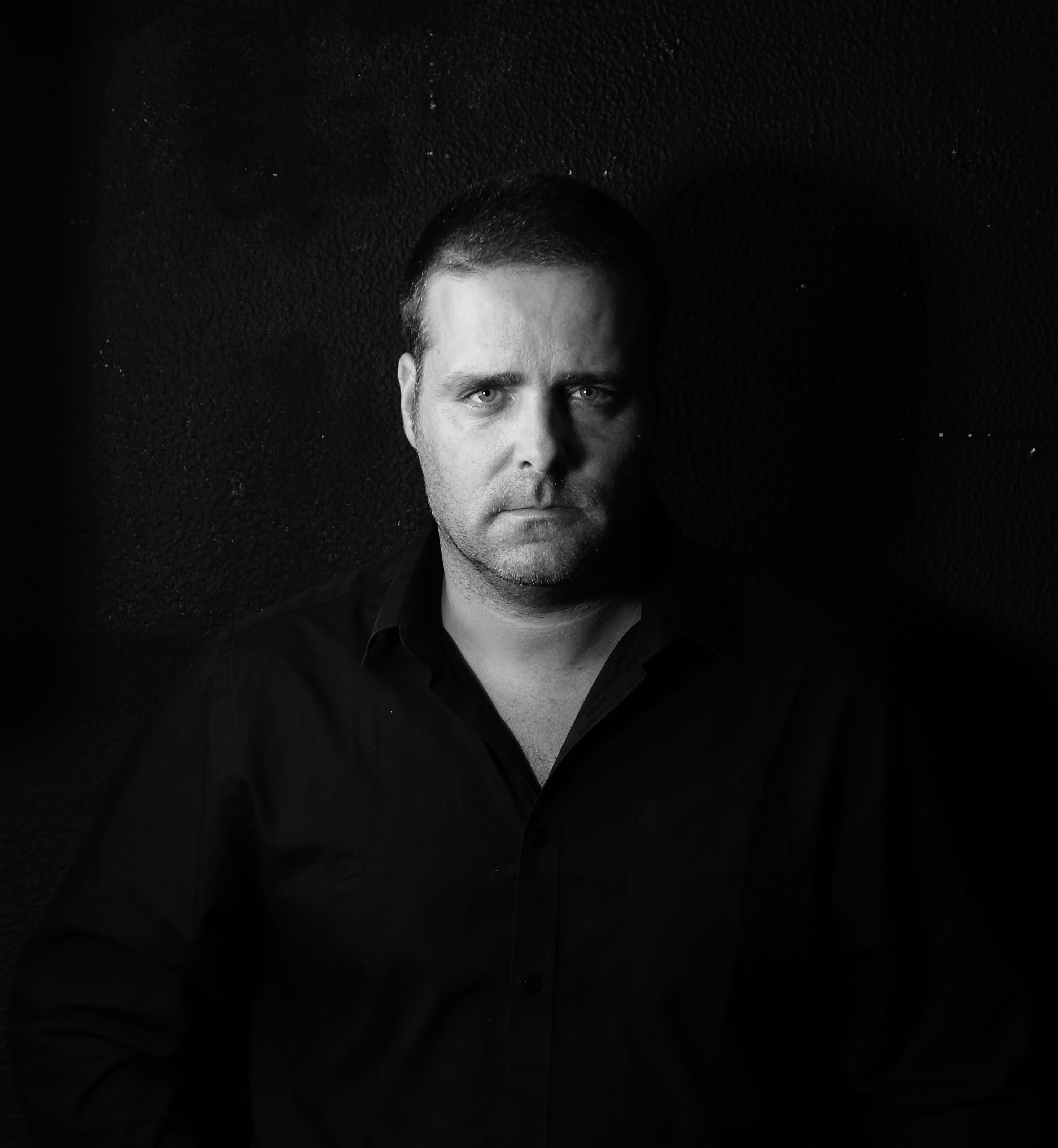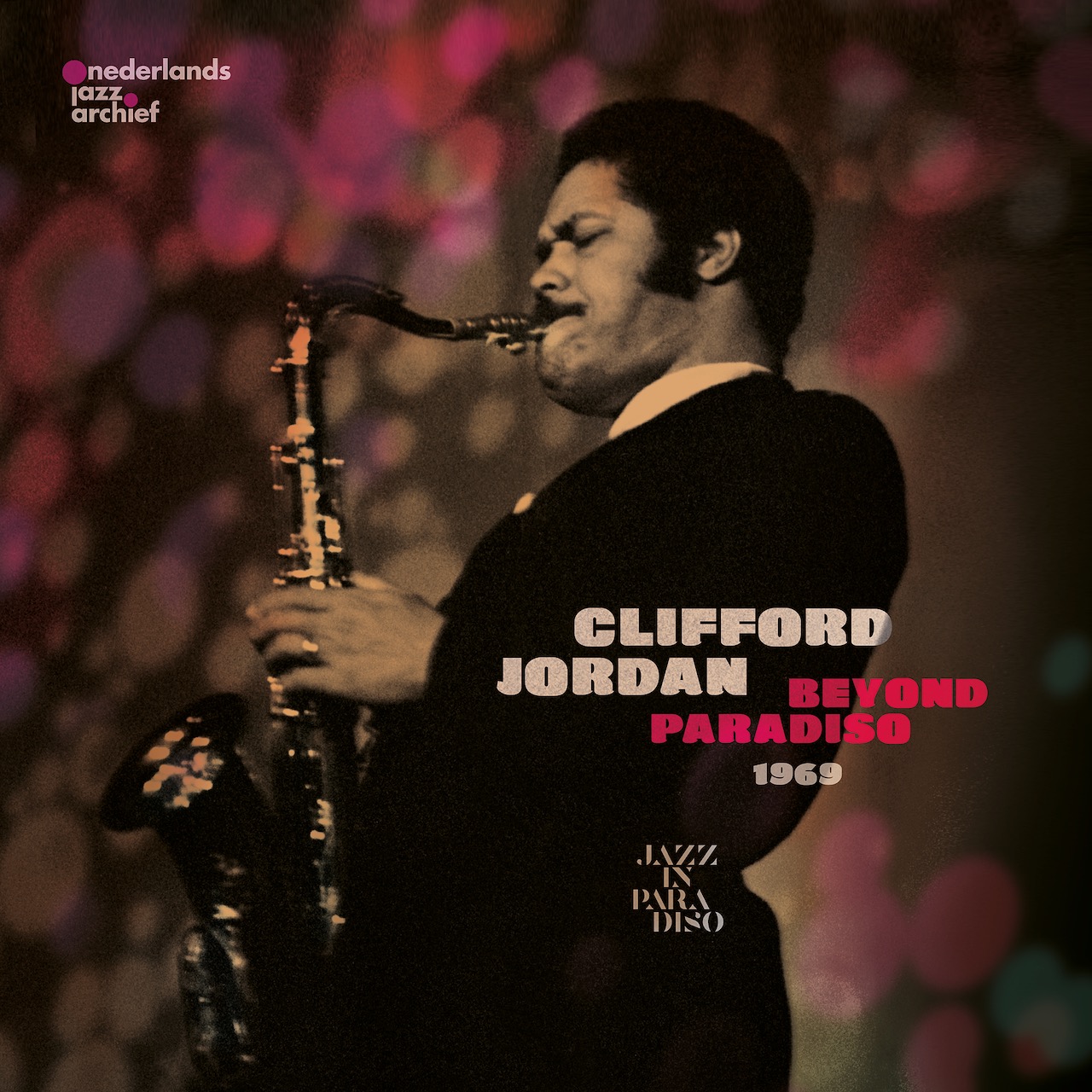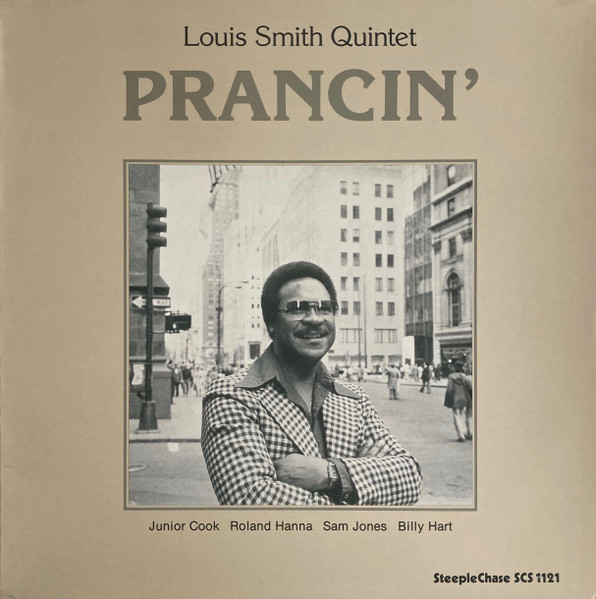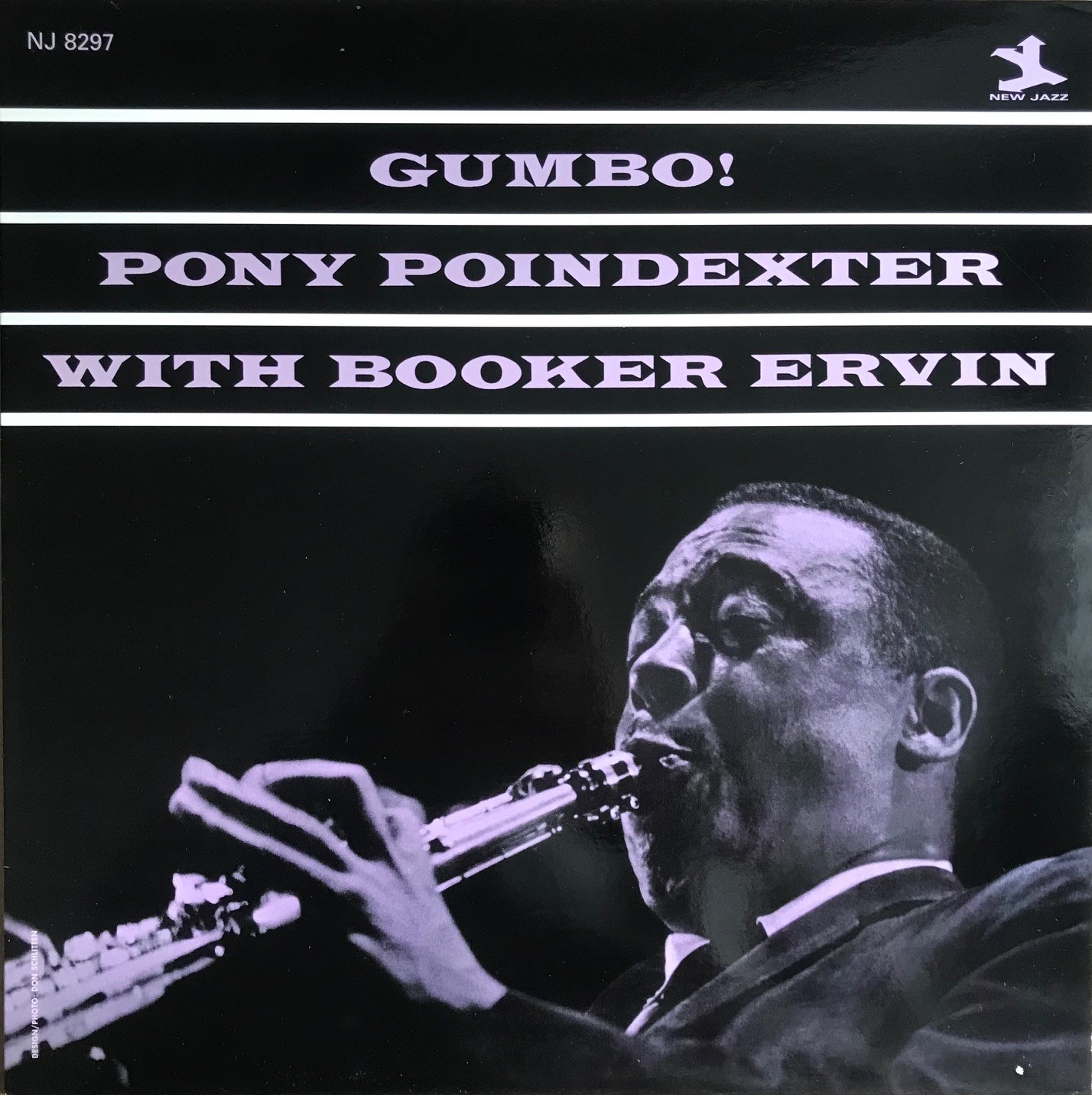Portuguese guitarist Ricardo Pinheiro is all about melody and tone and meanwhile making up musical stories with a who’s who from Europe, USA and Brazil. “I’m working with my idols, so I’m very happy.”
Pinheiro shows the view from his house with his camera. A big garden, rows of trees of multiple heights at the edge. A crystal-clear blue sky. It’s Sintra, a short drive from Lisbon. The gorgeous Sintra Woods and Mountains were a retreat for Portuguese nobility, full of opulent castles and villas. The forests are dense like giant wombs, the hills are jagged like gigantic rock elbows and various locations offer a breathtaking view of the ocean nearby. To say the least, living in Sintra is not a punishment. “It’s beautiful. I grew up in Lisbon, but I came to Sintra when I was 17. My parents built a house. I lived here for three years before I went to study at Berklee in Boston. When I got married, me and my wife were wondering where to live. Prices in Lisbon were high. Not as crazy high as nowadays, but higher than Sintra. We got an apartment and then, after the birth of our second child, moved into this house.”The beauty and splendid serenity of Sintra inspired Caruma, Pinheiro’s refined and moving piece of guitar and voices featuring singers Theo Bleckmann and Monica Salmasso from 2020. Clearly, Pinheiro can’t be confined to a small space. He got plenty heads turning as a sidekick to Dave Liebman and never looked back, releasing various, singular albums of standards, straight-ahead and prog jazz, acoustic and Brazilian-Portuguese flavored songs, free improv, jazz and poetry and cinematic scores. A kid in the candy store of guitar music. “There wasn’t an instrument in the house until I asked for a guitar at age 14. I was soon playing heavy metal. Metallica and Iron Maiden. I was in a band that even recorded in the UK. But when I was about 17, I felt the need to study theory. That meant playing jazz at the Hot Club Jazz. My grandfather listened to Nat King Cole, Frank Sinatra, Broadway tunes, Brazilian music. It was old people’s music to me then. It was okay, but old! Still, I started to get into standards, learning harmony. Then I got into John Coltrane, Wayne Shorter, Joe Henderson. Charlie Parker. Slowly but surely I started understanding it and loving it.”
You could do worse than, a couple decades later, assembling a line-up of saxophonist Chris Cheek, bassist Michael Formanek and drummer Jorge Rossy. They are part of Pinheiro’s newest Fresh Sound Records release, Tone Stories. A set of standards that includes well-known warhorses as When You Wish Upon A Star and Blame It On My Youth and seldom-played hard bop classics as Elmo Hope’s De-Dah and Dexter Gordon’s Fried Bananas, marked by the angular yet lyrical playing of Pinheiro, embedded in the colorful sounds of the all-star cast. It’s a warm and smoothly flowing album, apple pie fresh out of the oven. And nothing tastes quite as good as his version of Jimmy Rowles’s seminal ballad The Peacocks, achingly beautiful from start to finish. “Tone is the quality of sound. I like to think of the album as a set of stories that are told with the tones of each player, which together make the sound of the band. And we’re telling a story with each song. Chris and Michael have incredible tones. Jorge as well. He had definite ideas of how he wanted his drums to sound, especially during the ballads. He said to the engineers, ‘I’m not playing like a typical drummer, behind everything, chink chink… Please put me up forward in the mix. I’m painting sounds.’ Jorge is one of my favorite drummers of all-time, period. So, this album is a dream come true.”
From heavy metal, the tradition of Wes Montgomery to the invigorating input of the school of the 90’s. Pinheiro enthusiastically reflects on the influence of his postmodernist elders. “I belong to the first generation that was inspired by people like Jorge Rossy, Brad Meldhau, Mark Turner, Kurt Rosenwinkel, Chris Cheek. They incorporated a lot of tradition but with a new flavor, used the same tools in a different way. It’s not Wes but also isn’t fusion. When Meldhau did those pop songs, it really connected with me. Jazz can be like this, wow. It wasn’t playing pop as pop, but pop like jazz. Brad, Jorge and Chris redefined things, formed new musical proposals. Nobody played even eights like Jorge. Nobody had the timbre of Kurt or the two-handed independence and the classical vibe of Brad. Or played the upper part of the horn like Mark. Their groups joined two worlds, tradition and fusion, together in a peaceful way. They deserve all the credit.”
He sometimes starts solos where you least expect it. Paves the way to a resolution with quirkily melodious twists and turns. Pinheiro’s style is a refreshing mixture of asymmetry and lyricism. He doesn’t restrict himself to the vintage 1950’s aesthetic. On the contrary. He allows himself the odd display of effects and volume and tone control, with extraordinary results. During The Peacocks, his handling of volume control mingles like a human voice with Cheek’s suave soprano. Back in 2017, he made When You Wish Upon A Star into a psychedelic tour de force, almost as if he was playing in The Grateful Dead or Iron Butterfly or Pink Floyd or was playing along with the thirteenth take of The Beatles’s Tomorrow Never Knows, with Massimo Cavalli and Eric Ineke on Triplicity. The same trio repeated the uncanny feat on their 2022 version of Bill Evans’s Time Remembered. And effects and tone control are all over Caruma or 2013’s Tone Of A Pitch. Pinheiro stresses an important fact: “Melody is all-important. I’m not thinking about hip runs or large intervals. If music has no melody, there’s no point in my opinion. But I like different things. I’m like a chameleon. Tone aesthetic comes with the history of jazz, in a way. The classic guitarists were thinking about their tone. Way back, I started listening to John Scofield and Bill Frisell and started experimenting with delay, overdrive and reverb to color the music. But I avoid exaggerating at all costs, I don’t want to obscure the message and the melody. I envision sounds and try to go for it, either with thinking about strings, how to use my hands or with effects. The incredible Ben Monder has been very important to me. He taught me how to use effects and tone control without confusing things up. It took a few years of experimenting.”
Pinheiro hooked up with various class acts through the years. He met Dave Liebman and Dutch drummer Eric Ineke through the International Association of Schools of Jazz, which was founded by Liebman. His albums were released on Greg Osby’s Inner Circle label and Jordi Pujol’s acclaimed Fresh Sound Records, among others. A well-connected gent. “Fresh Sound was one of my favorite labels. I fell in love with those records from Meldhau and Rosenwinkel. I kept in touch with Jordi ever since the release of my debut album Open Letter in 2010. It’s kind of my nature to take matters in my own hands. I’m a little… how shall I say this, not ashamed.” Pinheiro laughs. “I harass people! That’s how I got in touch with Chris Cheek. Back then, I knew Chris was coming to play here. He had done four albums on Fresh Sound and I thought they were absolutely fantastic. I sent him an email and asked if he wanted to record and he agreed. I asked if he could talk with Jordi. He happily obliged and that is how my first album Open Letter came about. Now we’ve got Tone Stories and another one in the can already with the same quartet.”
Neatly trimmed coupe, healthy tan, bright eyes, rapid, enthusiastic flow of speech. One easily understands why colleagues, apart from his original musicianship of course, like to work with the resident of Sintra and jazz teacher. He’s eager to continue his striking partnership with Massimo Cavalli and Eric Ineke. “We’ve got another album coming up, we’ve finished recording just last month. Massimo and I have a great understanding. And I love to play with Eric. He’s one of the most swinging drummers out there, so easy to play with. Energetic, yet sensitive. There’s no effort, strain, doubt, he always is totally aware of the structure of the music. He carries with him this big history of playing with loads of giants of jazz.”
Among other endeavors, notably working with Grammy-winning Brazilian singer Luciana Souza and having the exceptional improvisational skills of Portuguese Maria João on a soon-to-released solo album, Pinheiro is currently striking up a cooperation with none other than famous Brazilian composer and singer Ivan Lins. “I contacted him and sent some songs. He said that they were beautiful and suggested that he write lyrics. I couldn’t believe it. I’m over the moon.”



















